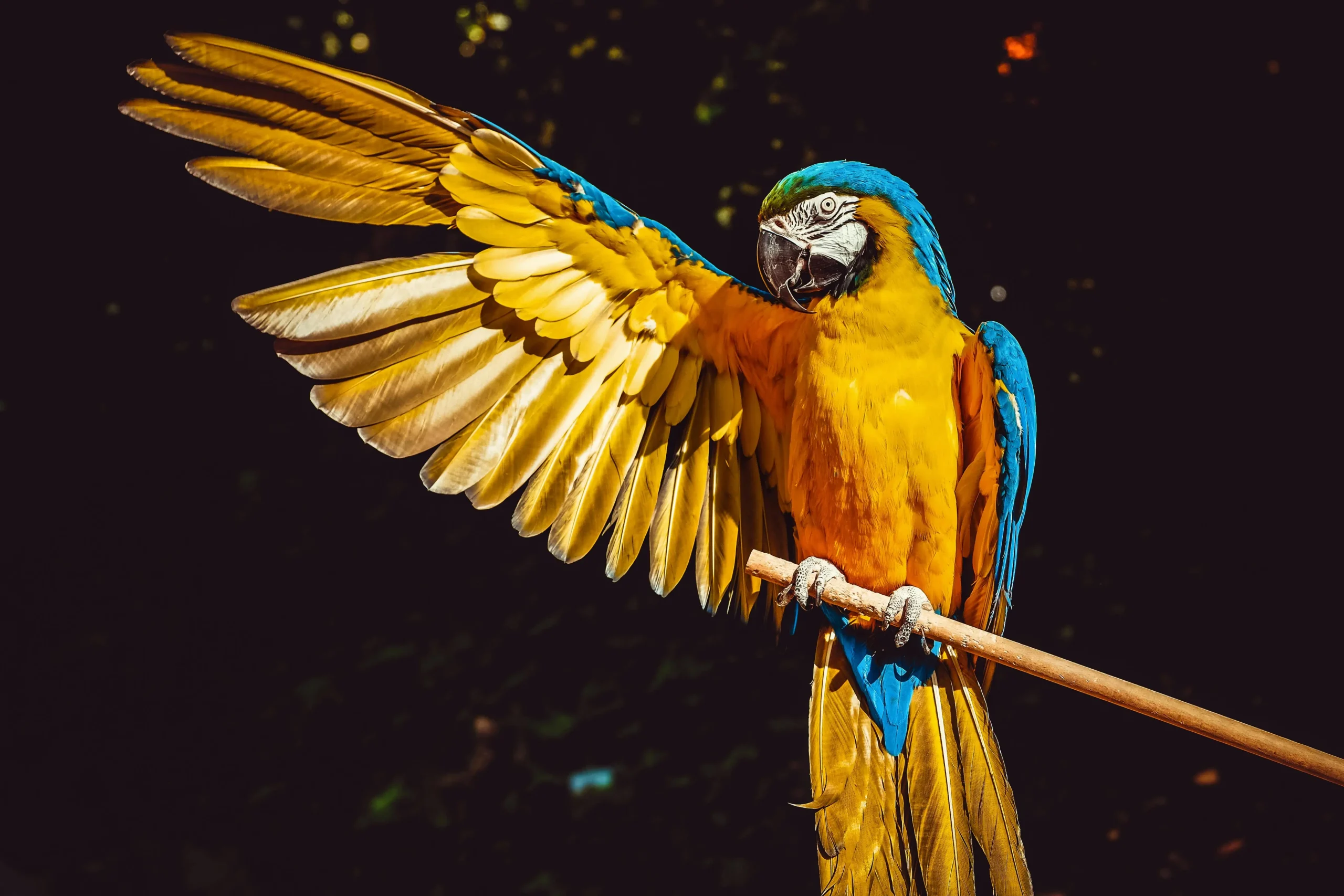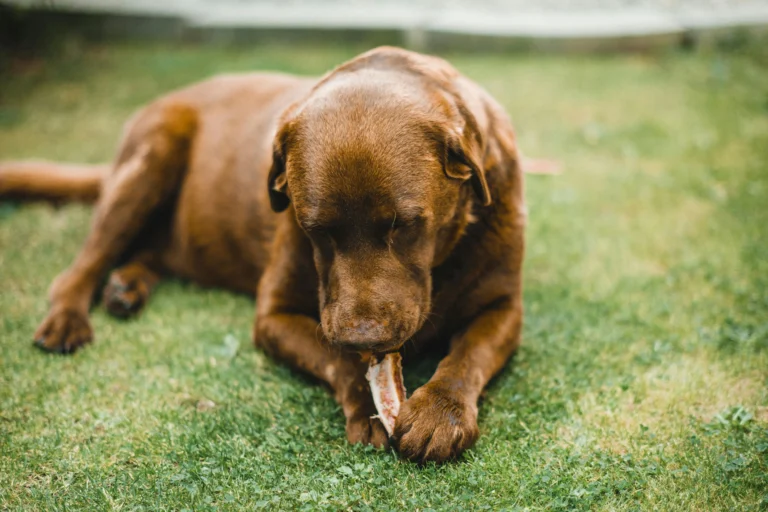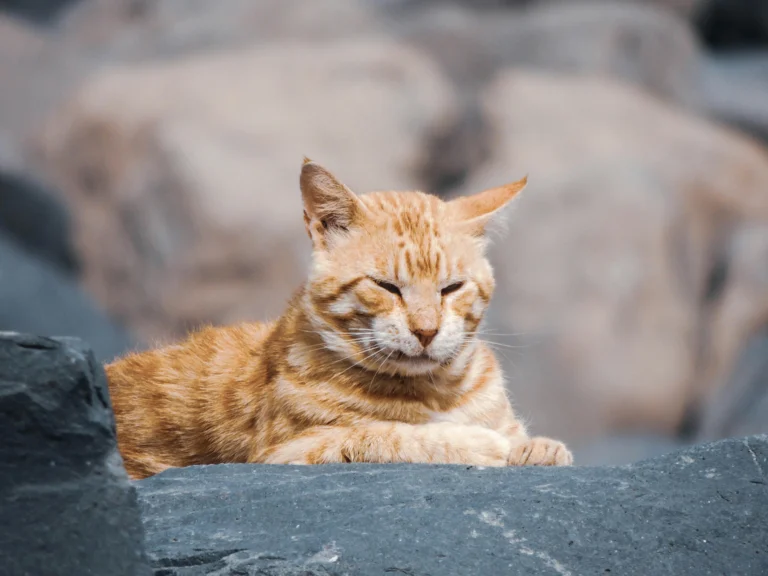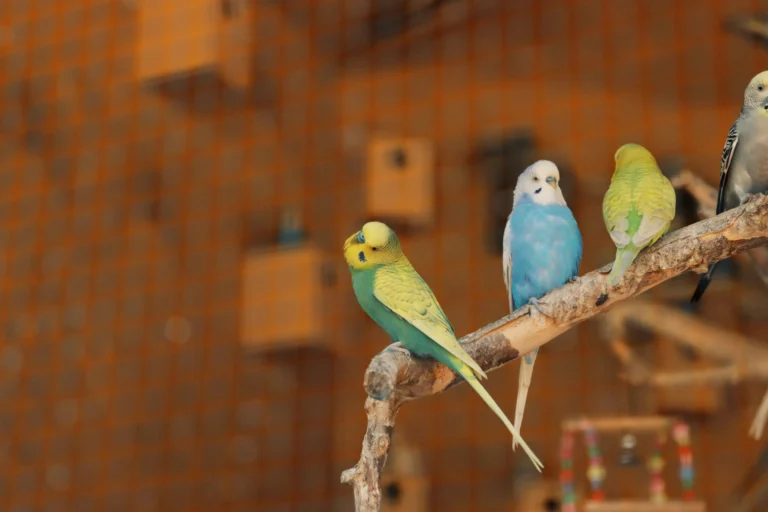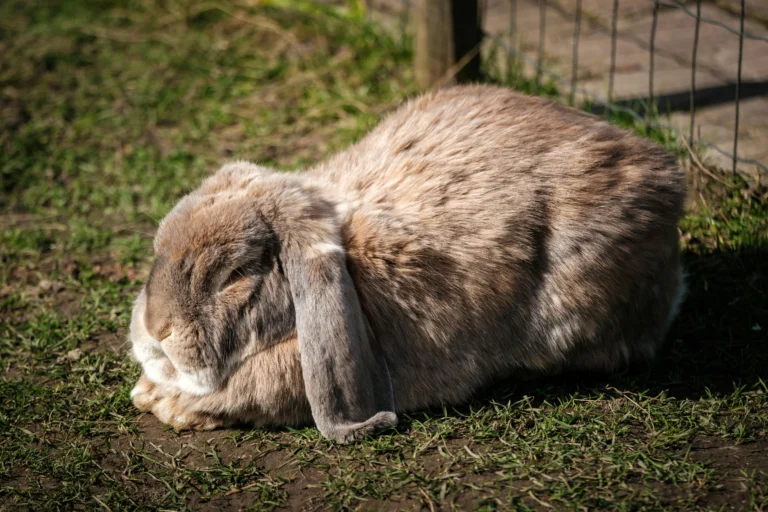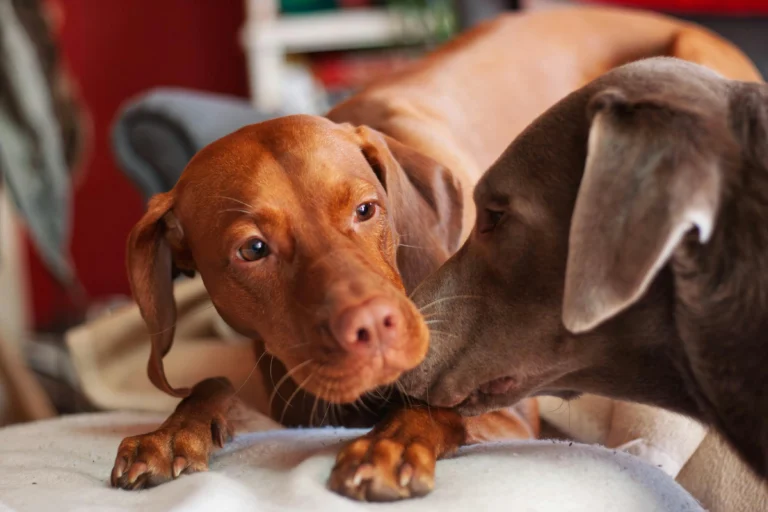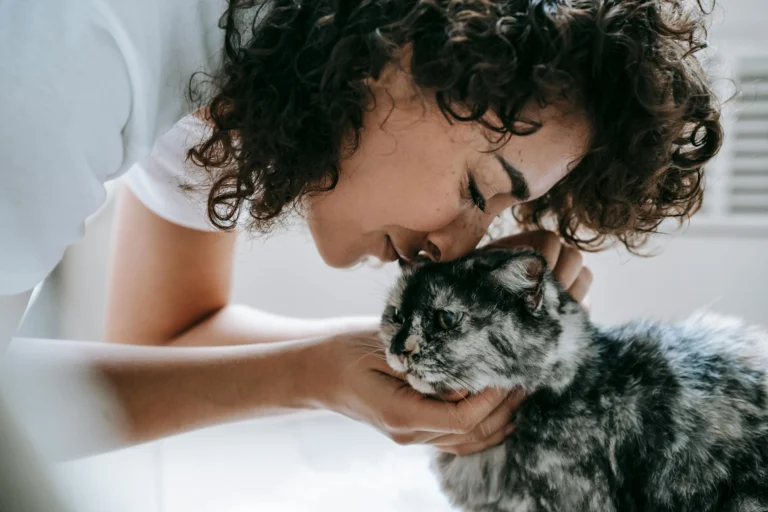Senior Parrot Behavior Changes: Understanding Your Aging Bird
As your beloved feathered companion enters their golden years, you may notice subtle and sometimes not-so-subtle shifts in their daily routines and personality. Senior parrot behavior changes are a natural part of the aging process, but understanding these transformations can help you provide the best possible care for your aging bird. Whether you’re noticing decreased activity levels, changes in vocalization patterns, or shifts in social interaction, recognizing these parrot behavior changes early allows you to adapt your care approach and maintain your parrot’s quality of life.
In this comprehensive guide, we’ll explore the multifaceted world of aging parrots, examining everything from physical health indicators to emotional well-being adjustments that characterize senior parrot behavior changes.
Table of Contents
Essential Senior Parrot Products
Comfort & Mobility:
- Heated perches for arthritic joints
- Soft rope perches (various diameters)
- Perch ramps/bridges for easier movement
- Low, wide food/water dishes
- Cage-bottom heating pad
Health & Safety:
- Digital gram scale for weight monitoring
- Full-spectrum LED lighting
- Night light for vision-impaired birds
- Non-slip cage liner/mats
- Emergency first aid kit
Nutrition & Feeding:
- Senior-specific pellet formula
- Soft food dishes (ceramic/stainless)
- Food warming dish
- Nutritional supplements (vet-approved)
- Multiple small feeding stations
Mental Stimulation:
- Large-piece, gentle foraging toys
- Soft comfort toys
- Easy-grip puzzle feeders
- Musical/sound toys
- Mirror (if appropriate for species)
Environmental:
- Humidifier for respiratory health
- Draft guards/cage covers
- Calm-inducing music/sounds
- Temperature monitoring gauge
- Extra cozy sleeping hut
Grooming & Care:
- Gentle misting bottle
- Soft-bristled cleaning brushes
- Nail trimming supplies
- Preening spray (aloe-based)
- Extra blankets for warmth
These products specifically address the physical, emotional, and environmental needs that accompany senior parrot behavior changes.
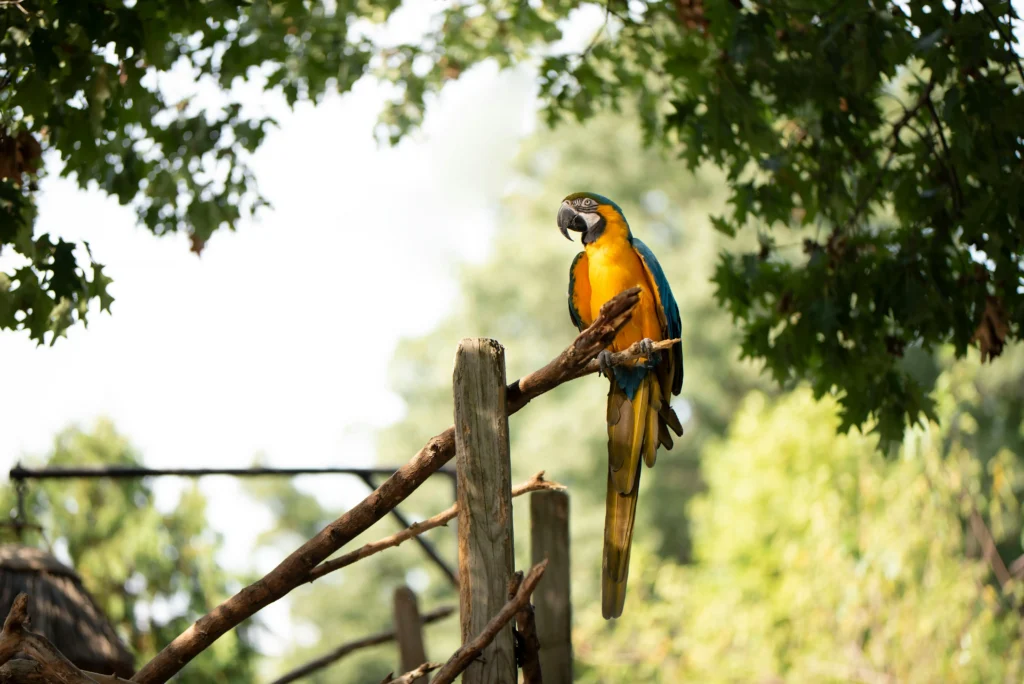
Understanding the Aging Timeline: When Do Parrots Become Seniors?
The concept of “senior” varies dramatically across parrot species, making it crucial to understand your bird’s specific aging timeline. Senior parrot behavior changes typically begin appearing when birds reach approximately 75-80% of their expected lifespan.
Species-Specific Aging Patterns
Large Parrots (Macaws, African Greys, Amazons):
- Lifespan: 50-100+ years
- Senior status: 35-40+ years
- Parrot behavior changes often emerge gradually around age 30-35
Medium Parrots (Conures, Caiques, Eclectus):
- Lifespan: 20-40 years
- Senior status: 15-20+ years
- Noticeable senior parrot behavior typically begins around age 12-15
Small Parrots (Cockatiels, Lovebirds, Budgies):
- Lifespan: 10-20 years
- Senior status: 7-12+ years
- Senior parrot behavior changes may appear as early as age 5-7
Understanding your parrot’s aging timeline helps you anticipate and prepare for the senior parrot behavior changes that lie ahead, allowing for proactive rather than reactive care adjustments.
Physical Health Changes in Aging Parrots
The most noticeable senior parrot behavior changes often stem from underlying physical health shifts. As parrots age, their bodies undergo various transformations that directly impact their behavior patterns and daily activities.
Decreased Mobility and Activity Levels
One of the earliest senior parrot behavior changes involves reduced physical activity. Senior parrots may:
- Spend more time sitting rather than climbing or flying
- Show reluctance to move between perches
- Exhibit slower, more deliberate movements
- Prefer lower perches over high vantage points
- Display decreased interest in physical play activities
Data Insight: Research indicates that 78% of parrot owners notice decreased activity levels as the primary indicator of senior parrot behavior changes, typically occurring 6-12 months before other aging symptoms become apparent.
Vision and Hearing Impairments
Sensory changes significantly contribute to Behavioral Changes in Aging Parrots. Age-related vision and hearing decline can manifest as:
- Increased startle responses to sudden movements
- Difficulty navigating familiar environments in low light
- Reduced response to verbal cues or commands
- Changes in flight patterns or spatial awareness
- Increased clinginess or desire to stay close to familiar areas
Arthritis and Joint Stiffness
Joint health deterioration creates noticeable senior parrot behavior changes, including:
- Difficulty grasping food items or toys
- Preference for softer perching surfaces
- Reluctance to use certain perches or climbing structures
- Modified foot positioning while resting
- Decreased grooming ability, particularly in hard-to-reach areas
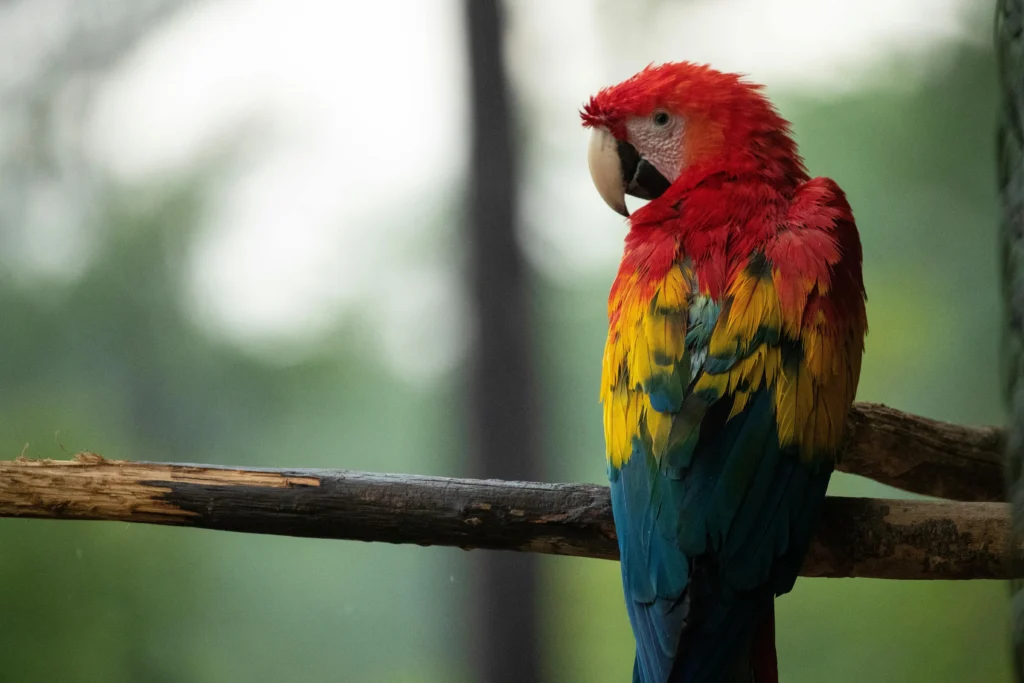
Cognitive and Behavioral Transformations
Senior parrot behavior changes extend far beyond physical limitations, encompassing significant cognitive and behavioral shifts that require understanding and adaptation.
Memory and Learning Capacity Changes
Aging affects cognitive function, leading to specific Behavioral Changes in Aging Parrots, such as:
- Difficulty learning new tricks or commands
- Occasional confusion about familiar routines
- Repetition of previously mastered behaviors
- Increased reliance on established patterns and schedules
- Slower response times to training cues
Personalized Recommendation: Maintain cognitive stimulation through gentle, familiar activities rather than introducing complex new challenges. This approach respects the natural senior parrot behavior changes while supporting mental engagement.
Sleep Pattern Alterations
Sleep-related senior parrot behavior changes are particularly common and include:
- Increased daytime napping
- Earlier bedtime preferences
- More restless nighttime sleep
- Changes in preferred sleeping positions
- Heightened sensitivity to environmental disturbances
Social Interaction Modifications
Relationship dynamics often shift as Behavioral Changes in Aging Parrots emerge:
- Increased selectivity about human interactions
- Changes in bonding preferences within multi-bird households
- Reduced tolerance for handling or physical contact
- Modified vocalization patterns during social interactions
- Increased need for predictable social routines
Emotional and Psychological Adjustments
The emotional landscape of aging parrots undergoes a significant transformation, creating complex Behavioral Changes in Aging Parrots that require empathetic understanding.
Anxiety and Stress Responses
Senior parrots often experience heightened anxiety, manifesting through various senior parrot behavior changes:
- Increased vocalization during routine changes
- Feather plucking or over-grooming behaviors
- Withdrawal from previously enjoyed activities
- Heightened territorial behaviors
- Increased attachment to specific family members
Depression and Withdrawal
Emotional senior parrot behavior changes may include depressive symptoms:
- Reduced interest in favorite foods or treats
- Decreased social engagement
- Loss of curiosity about environmental changes
- Subdued vocalizations or extended periods of silence
- Decreased responsiveness to positive stimuli
Data-Driven Insight: Studies show that 45% of senior parrots experience some form of emotional adjustment, with early intervention improving outcomes in 82% of cases when owners recognize and address senior parrot behavior changes promptly.
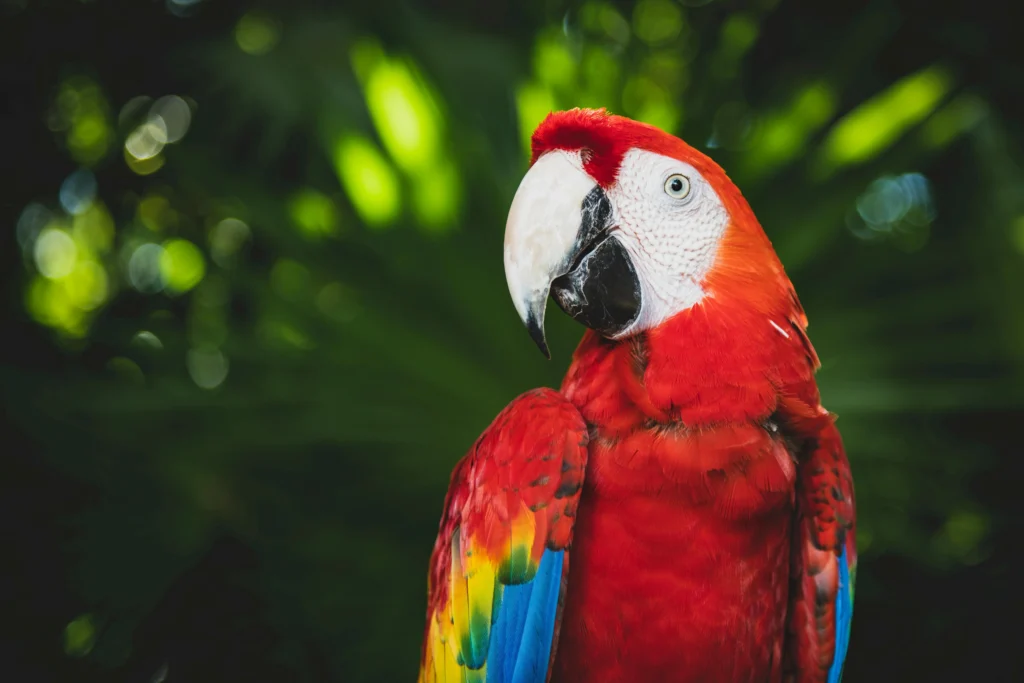
Dietary and Eating Habit Changes
Nutritional needs and eating behaviors undergo significant transformation as senior parrot behavior changes progress, requiring careful monitoring and adjustment.
Appetite Fluctuations
Age-related Behavioral Changes in Aging Parrots in eating patterns, include:
- Decreased overall food intake
- Increased selectivity about food textures
- Preference for softer, easier-to-digest foods
- Changes in eating speed and efficiency
- Irregular appetite patterns throughout the day
Digestive System Changes
Physical changes in the digestive system create specific senior parrot behavior changes:
- Slower digestion and metabolism
- Increased sensitivity to dietary changes
- Modified water consumption patterns
- Changes in waste production frequency and consistency
- Difficulty processing harder seeds or nuts
Nutritional Requirements Evolution
Senior parrot behavior changes necessitate dietary adaptations:
- Increased need for easily digestible proteins
- Modified vitamin and mineral requirements
- Potential need for supplemental nutrition
- Adjusted portion sizes to match reduced activity levels
- Enhanced focus on foods supporting joint and cognitive health
Environmental Adaptation Strategies
Creating a senior-friendly environment addresses many Behavioral Changes in Aging Parrots while supporting continued comfort and well-being.
Habitat Modifications
Physical environment adjustments that accommodate senior parrot behavior changes:
- Perch Selection: Provide varied textures and diameters to support arthritic feet
- Accessibility: Lower food and water dishes for easier access
- Safety Features: Add ramps or bridges between perches to reduce fall risks
- Comfort Zones: Create quiet, secure areas for increased rest periods
- Temperature Control: Maintain consistent, slightly warmer temperatures
Lighting and Visual Considerations
Vision-related senior parrot behavior changes require environmental modifications:
- Enhanced lighting in feeding and activity areas
- Consistent placement of familiar objects
- Reduced visual clutter in the cage and surrounding areas
- Night lights for senior parrots with vision impairments
- High-contrast color choices for important items
Routine Optimization
Behavioral senior parrots behavior changes benefit from structured routines:
- Consistent daily schedules for meals and activities
- Predictable social interaction times
- Gradual introduction of any necessary changes
- Respect for increased rest periods
- Flexible adaptation to your bird’s energy levels
Health Monitoring and Veterinary Care
Proactive health management becomes increasingly crucial as senior parrot behavior changes emerge, requiring enhanced monitoring and specialized veterinary attention.
Regular Health Assessments
Tracking senior parrot behavior changes through systematic monitoring:
- Daily Observation Logs: Document appetite, activity levels, and social interactions
- Weight Monitoring: Weekly weight checks to detect gradual changes
- Behavioral Pattern Tracking: Note shifts in vocalizations, sleep, and play preferences
- Physical Condition Assessment: Monitor feather quality, posture, and mobility
- Environmental Response Evaluation: Observe reactions to routine activities
Veterinary Care Frequency
Senior parrot behavior changes necessitate more frequent professional evaluations:
- Bi-annual Wellness Exams: Increased from typical annual visits
- Specialized Senior Screenings: Blood work, organ function tests, and imaging
- Proactive Problem Identification: Early detection of age-related conditions
- Treatment Plan Development: Customized care approaches for emerging issues
- Quality of Life Assessments: Regular evaluation of comfort and well-being
Creating Comfort and Quality of Life
The ultimate goal of understanding Behavioral Changes in Aging Parrots is enhancing your bird’s comfort and maintaining the highest possible quality of life throughout their golden years.
Pain Management Strategies
Addressing discomfort that contributes to senior parrot behavior changes:
- Veterinary Pain Assessment: Professional evaluation of arthritis and joint issues
- Environmental Comfort Measures: Soft perching materials and heated perches
- Gentle Handling Techniques: Modified interaction approaches respecting physical limitations
- Alternative Therapy Options: Discuss complementary treatments with avian veterinarians
- Medication Management: Appropriate pain relief under professional guidance
Mental Stimulation Adaptation
Maintaining cognitive engagement while respecting Behavioral Changes in Aging Parrots:
- Modified Enrichment Activities: Gentler puzzles and foraging opportunities
- Familiar Favorite Activities: Emphasis on previously enjoyed games and interactions
- Social Engagement Maintenance: Continued conversation and companionship
- Sensory Stimulation: Music, gentle sounds, and varied textures
- Cognitive Exercise: Simple training sessions adapted to current abilities
Emotional Support Systems
Addressing the psychological aspects of senior parrot behavior changes:
- Consistent Companionship: Regular, predictable social interaction
- Stress Reduction Techniques: Calm environments and gentle handling
- Comfort Object Provision: Familiar toys or blankets for security
- Routine Maintenance: Preserving beloved daily patterns and schedules
- Patience and Understanding: Accepting and adapting to changing needs
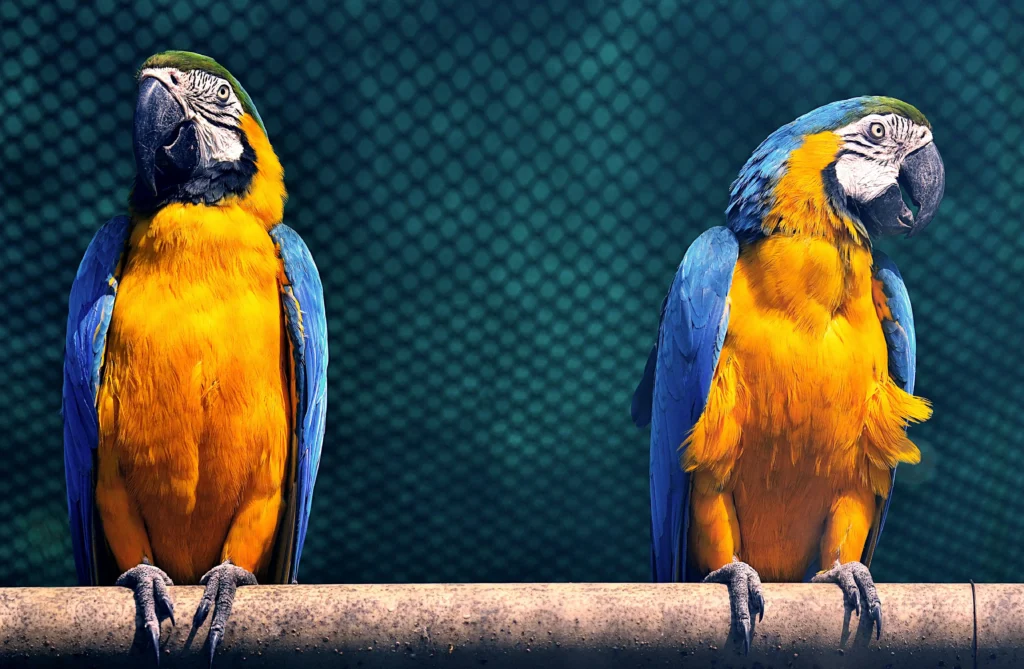
Building a Support Network
Successfully managing senior parrot behavior changes often requires a comprehensive support system involving various resources and professionals.
Professional Team Assembly
Creating a care network for addressing senior parrot behavior changes:
- Certified Avian Veterinarians: Specialists in senior bird care
- Avian Behaviorists: Experts in age-related behavioral modifications
- Nutritionists: Professionals specializing in senior parrot dietary needs
- Support Groups: Online communities and local bird clubs
- Pet Sitters: Trained individuals familiar with senior bird care requirements
Family Education and Involvement
Ensuring all household members understand senior parrot behavior changes:
- Behavior Change Education: Teaching family members to recognize and respond appropriately
- Care Routine Distribution: Sharing responsibilities while maintaining consistency
- Emergency Preparedness: Ensuring everyone knows how to handle age-related crises
- Emotional Preparation: Discussing the realities of caring for aging pets
- Quality Time Maximization: Making the most of remaining healthy years
Conclusion
Understanding senior parrot behavior changes represents one of the most profound expressions of love and commitment you can offer your aging feathered companion. These behavioral transformations encompassing physical, cognitive, emotional, and social dimensions are natural progressions that require patience, adaptation, and comprehensive care adjustments.
The journey through Behavioral Changes in Aging Parrots challenges us to become more observant, more flexible, and more attuned to our birds’ evolving needs. By recognizing that decreased activity, modified social interactions, and changing routines are normal aspects of aging rather than failures or problems to solve, we can provide supportive, comfortable environments that honor our parrots’ golden years.
Remember that every bird experiences senior parrot behavior changes uniquely, influenced by species, individual health history, and environmental factors. The key to successful senior parrot care lies in maintaining open communication with avian healthcare professionals, creating adaptable living environments, and approaching each day with the understanding that your senior bird’s needs may differ from their younger years.
Most importantly, senior parrot behavior changes don’t diminish the love, bond, and joy that define your relationship with your feathered family member. Instead, they offer opportunities to deepen your connection, demonstrate unwavering commitment, and create meaningful memories during this precious phase of your shared journey.
By staying informed, remaining adaptable, and approaching senior parrot behavior changes with empathy and understanding, you’re providing the foundation for comfortable, dignified, and love-filled golden years that honor the decades of companionship your parrot has provided.
Frequently Asked Questions (FAQs)
Q: At what age do senior parrot behavior changes typically begin?
A: Senior parrot behavior changes typically begin when birds reach 75-80% of their expected lifespan. For large parrots (macaws, African greys), this is around 30-35 years; medium parrots (conures, eclectus), around 12-15 years; and small parrots (cockatiels, budgies), around 5-7 years. However, individual birds may show senior parrot behavior changes earlier or later depending on genetics, diet, and overall health.
Q: What are the most common senior parrot behavior changes I should watch for?
A: The most common senior parrot behavior changes include decreased activity levels, modified sleep patterns, reduced appetite, increased selectivity in social interactions, slower movements, difficulty with previously easy tasks like climbing, and changes in vocalization patterns. Many senior parrots also show increased anxiety about routine changes and may become more attached to specific family members.
Q: How can I tell if senior parrot behavior changes indicate serious health problems?
A: While many senior parrot behavior changes are normal aging signs, sudden or dramatic shifts warrant veterinary attention. Warning signs include rapid weight loss, complete loss of appetite, inability to perch properly, labored breathing, severe lethargy, or aggressive behavior that’s completely out of character. Any senior parrot behavior changes that develop quickly over days rather than weeks or months should be evaluated by an avian veterinarian.
Q: Should I modify my senior parrot’s diet to address behavior changes?
A: Yes, dietary modifications often help address senior parrot behavior changes. Senior birds typically benefit from softer foods, smaller pellet sizes, increased protein for muscle maintenance, and foods rich in antioxidants for cognitive support. Warm foods may be more appealing, and multiple smaller meals throughout the day can accommodate decreased appetite. Always consult with an avian veterinarian before making significant dietary changes.
Q: How do I know if my senior parrot is experiencing pain that’s causing behavior changes?
A: Pain-related senior parrot behavior changes may include reluctance to move, favoring one foot, difficulty grasping objects, changes in posture, decreased grooming, increased aggression when touched, or withdrawal from normal activities. Senior parrots are excellent at hiding discomfort, so subtle changes like preferring to sit rather than climb or showing less interest in favorite activities can indicate pain issues requiring veterinary evaluation.
Q: Can senior parrot behavior changes be reversed or improved?
A: While age-related senior parrot behavior changes cannot be completely reversed, many can be significantly improved through appropriate care. Environmental modifications, dietary adjustments, pain management, mental stimulation, and maintaining social engagement can enhance quality of life and slow the progression of some behavioral changes. Early intervention when senior parrot behavior changes first appear typically yields the best outcomes.
Q: How often should I take my senior parrot to the veterinarian?
A: Senior parrots showing senior parrot behavior changes should visit an avian veterinarian every 6 months instead of the typical annual visits for younger birds. More frequent monitoring allows for early detection of age-related health issues and proactive management of conditions that contribute to behavioral changes. Emergency visits should occur whenever you notice sudden or concerning senior parrot behavior changes.
Q: What environmental modifications help with senior parrot behavior changes?
A: Environmental adjustments for senior parrot behavior changes include providing perches of varying textures and sizes to accommodate arthritic feet, lowering food and water dishes for easier access, adding ramps between perches, increasing lighting in activity areas, maintaining warmer temperatures, creating quiet rest areas, and ensuring consistent placement of familiar objects to help birds with vision changes navigate safely.
Q: Is it normal for senior parrots to become less social due to behavior changes?
A: Yes, increased selectivity in social interactions is among the common senior parrot behavior changes. Senior parrots may prefer quieter interactions, show increased attachment to specific family members, or require more predictable social routines. This doesn’t mean they need less attention; rather, they may prefer gentler, more consistent social engagement that respects their changing energy levels and comfort preferences.
Q: How can I maintain my senior parrot’s mental stimulation despite behavior changes?
A: Mental stimulation should be adapted to accommodate senior parrot behavior changes rather than eliminated. Offer gentler puzzles, familiar favorite activities, simple foraging opportunities, continued conversation and companionship, music or environmental sounds, and basic training sessions modified for current abilities. The key is maintaining cognitive engagement while respecting physical limitations and reduced energy levels that accompany aging.

